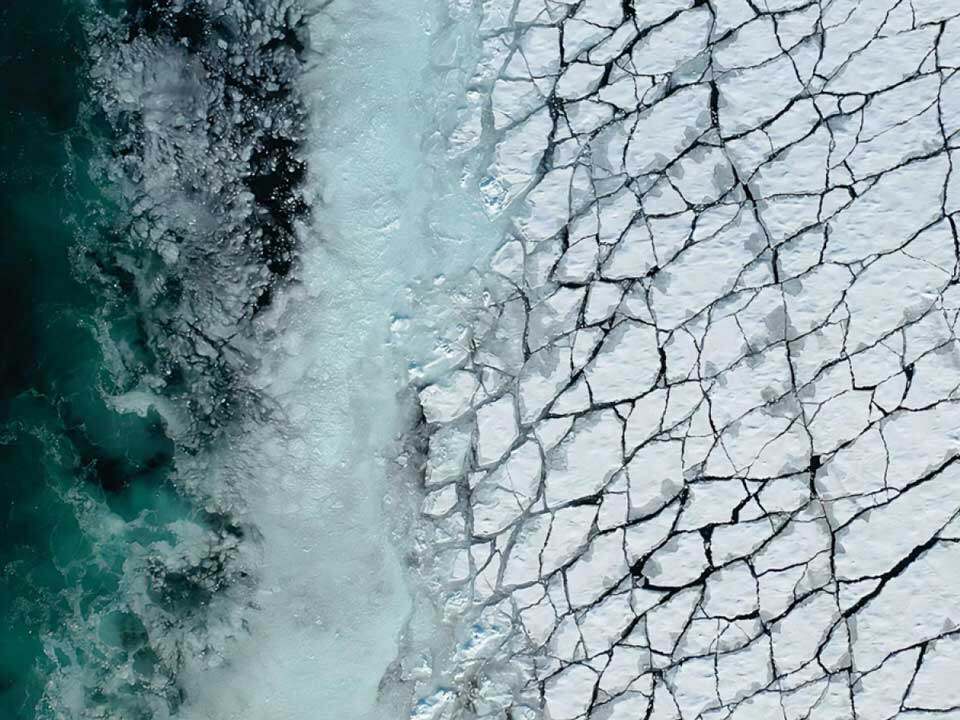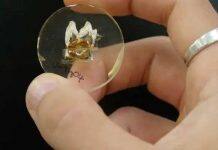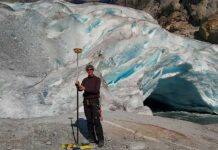University of Adelaide researchers have developed a new theoretical model to predict the distances ocean waves can travel to break up sea ice.


Monitoring of ocean wave propagation is important to predict how ice covering the Arctic and Antarctic seas responds to climate change, but the incumbent model was initially developed in the 1970s and 1980s.
Dr Luke Bennetts and Jordan Pitt from the University of Adelaide’s School of Computer and Mathematical Sciences investigated how the changes in break up the ice affect wave propagation, and published their findings in the Proceedings A journal of The Royal Society.
“Previously, distances ocean waves can break up sea ice cover were only considered in terms of gradual reductions in wave energy over distance,” said Dr Bennetts.
“Our results show that large reductions can occur over a small distance until an unbroken ice cover begins to break up, and that this additional consideration can alter interpretations of field observations.”
When waves travel into frozen areas of the ocean surface, it can cause the break-up of the ice cover into discrete chunks known as floes, which drift away and melt rapidly.
“At the same time, waves become less intense over distance due to the ice cover, so that the break-up only occurs over a finite distance,” said Dr Bennetts.
“Changes have been observed in the way waves travel through regions of sea ice before and after break-up events, but it is very difficult to measure the changes in the challenging polar seas.
“We used a mathematical model to understand the changes and were able to quantify local changes which occur where the ice cover begins and changes that occur over long distances.”
Dr Bennetts said the findings have the potential to inform how wave–sea ice interactions are handled in numerical models used for climate studies.
“The main goal in this research field is to predict the distances over which ocean waves can break up a sea ice cover,” he said.
“The long-term aim is to advance predictions of numerical climate models about the future of the world’s sea ice.
“In the shorter-term, we aim to combine the model of the ice effect on the waves with a model of ice break-up due to waves, to generate predictions of the extent of ice break-up.”








































